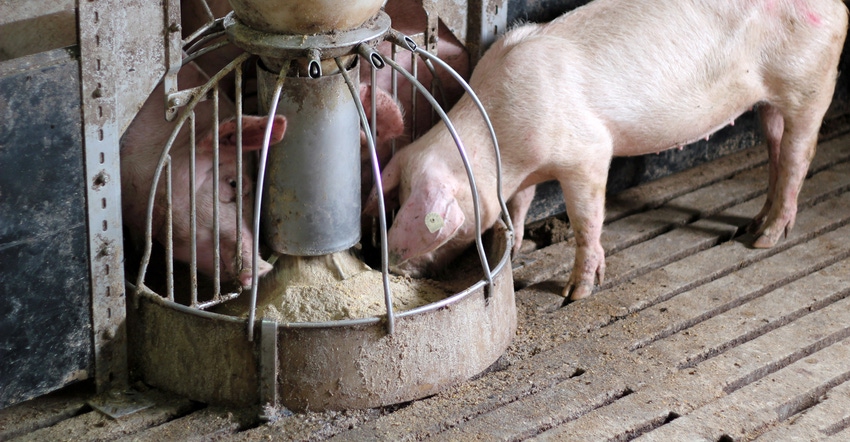September 30, 2019

We can begin to see the end of 2019, and the annual review is going to be interesting. This year probably had the most uncertainties of any year I can remember.
Trade conflicts and African swine fever were events where markets struggled to understand the implications and consequences. These events had no historical basis for comparison. Both issues were heavily tied to China, the world’s largest pork producer by far. In addition, the way trade issues were handled gave markets an “on again, off again” nature, which caused numerous waves of “optimism-pessimism” in global markets, including pork.
Lean hog futures were particularly vulnerable to such wide changes in expectations around these events. So that meant wide volatility in futures prices. As an example, December 2019 lean hog futures rose from about $65 in early March to $90 by mid-April. Then they fell back to lows of about $60 headed into the late summer.
Wide swings in futures prices do have the potential to be financially “good” to pork producers who hedge with live hog futures. Pork producers who hedge with futures are selling lean hog futures as a temporary substitute for selling cash hogs. So, timing is important. If a pork producer had sold December 2019 lean hog futures back in April at $90, then they are much better off than the current $60 to $70 at press time.
On the other hand, if they sold December 2019 lean hog futures back in March for $70, as they continued to rise to $90 into April, they would have had massive margin calls of $20 per cwt. These huge margin calls often cause producers to buy back their position and take the loss rather than continue the cash drain of margin calls. This is a common situation and would be viewed as a “bad” marketing outcome from price volatility.
Throw in weather!
A third event adding a lot of uncertainty was the impact of weather on feed prices — particularly, corn prices. December 2019 corn futures rose around $1 per bushel from early May to mid-June, from roughly $3.70 to $4.70. However, prices then fell back to the $3.70 level by late summer.
Pork producers would buy corn futures as a temporary substitute for buying cash corn. Again, timing is critical. In mid-June, pork producers might have purchased December 2019 corn futures at $4.70 as a protection against further price increase. Of course, since futures prices dropped from there, they would have had large losses of near $1 per bushel and large margin calls if they held on to those declining corn futures — clearly a “bad” outcome.
While hedging lean hog and corn futures had potential to be profitable for pork producers this year, it was a difficult year to execute the proper timing of those hedges. On the other hand, I’m sure some producers had positive results from their hedging programs.
Looking forward, the outlook continues to favor a positive tone toward stronger pork prices in 2020, along with moderate feed prices. That means a return to profitability in 2020, after a year that was near breakeven in 2019.
Hurt is a Purdue University Extension agricultural economist. He writes from West Lafayette, Ind.
About the Author(s)
You May Also Like




